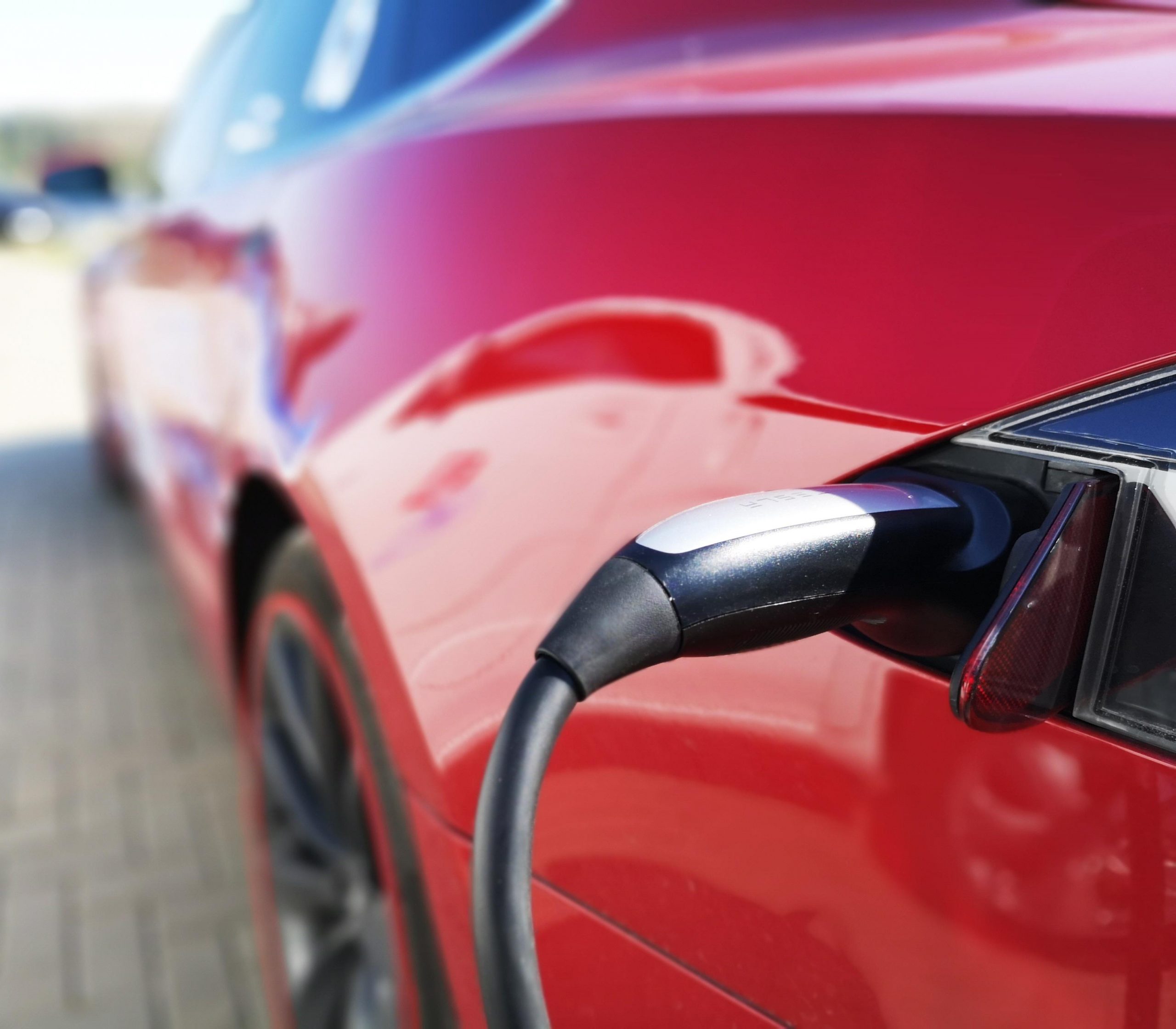Electric Cars 2024: New Charging Routes and Innovations Unveiled
In 2024, electric cars are not just a vision of the future—they are the present reality accelerating at an unprecedented pace. With over 10 million electric vehicles (EVs) expected to hit roads worldwide by the end of the year, the EV market is transforming rapidly, driven by technological advancements and enhanced charging infrastructure. In this comprehensive guide, we delve into the latest innovations in EV charging routes and the exciting developments shaping the way we travel. Whether you’re an EV enthusiast or a curious newcomer, this article will equip you with essential insights into the future of sustainable mobility.
The Evolution of Electric Car Charging Routes
Revolutionizing Travel with EV-Friendly Corridors
The year 2024 marks a significant milestone in the development of EV-friendly travel corridors. Governments and private companies worldwide are collaborating to create seamless electric highways equipped with rapid charging stations. According to BloombergNEF, the number of fast-charging points is expected to double by 2025, making long-distance EV travel more feasible than ever.
- Europe’s Green Belt: The European Union has unveiled its ambitious “Green Belt” initiative, aiming to establish a network of fast chargers every 60 kilometers across major highways. This project not only enhances convenience but also boosts confidence in electric travel, making cross-country road trips a reality for EV owners.
- USA’s Electrified Roads: In the United States, the National Electric Vehicle Infrastructure (NEVI) program is investing billions to cover major interstate routes with high-speed chargers. By 2024, over 500,000 charging points are projected to be operational, significantly reducing range anxiety and promoting EV adoption.
Charging Innovations: Faster, Smarter, and More Accessible
With technological advancements, charging an electric vehicle is becoming faster and more efficient. Here are some of the latest innovations enhancing the EV charging experience:
- Ultra-Fast Charging: Companies like Tesla and Electrify America are spearheading the development of ultra-fast chargers capable of delivering up to 350 kW, charging an EV to 80% in just 15 minutes. This breakthrough means less downtime and more time on the road for drivers.
- Wireless Charging: The advent of wireless charging pads, akin to those used for smartphones, is gaining traction. Automakers are experimenting with inductive charging systems that allow EVs to charge automatically when parked over a special pad, streamlining the charging process for users.
- Smart Charging Solutions: Intelligent charging systems now enable users to schedule charging during off-peak hours, reducing costs and optimizing energy usage. These smart solutions are particularly beneficial for residential EV owners, offering convenience and sustainability.
How to Choose Your First Electric Car
Exploring the Best EVs of 2024
For those venturing into the electric vehicle market for the first time, selecting the right model can be daunting. Here’s a quick guide to help you navigate the options:
- Consider Your Needs: Think about your daily commute and driving habits. Do you need a long-range vehicle, or will a compact city car suffice?
- Top Picks of the Year:
- Tesla Model 3: With a range of up to 353 miles and a starting price of around $40,000, the Model 3 remains a popular choice for its performance and tech features.
- Ford Mustang Mach-E: Combining style with efficiency, this SUV offers a range of 300 miles and a price point starting at $42,000.
- Hyundai Ioniq 5: Known for its spacious interior and innovative design, the Ioniq 5 delivers a range of 303 miles and starts at $39,000.
- Evaluate Charging Options: Ensure that your chosen vehicle is compatible with the prevalent charging networks and has access to nearby charging stations.
Charging Guide for Beginners
Navigating the Charging Landscape
Understanding the charging landscape is crucial for new EV owners. Here’s what you need to know:
- Types of Chargers: Familiarize yourself with the different types of chargers—Level 1 (home charging), Level 2 (public and home), and DC Fast Charging (public)—to plan your charging strategy effectively.
- Charging Costs: The cost of charging can vary based on the type of charger and location. On average, charging an EV at home costs about $0.13 per kWh, translating to roughly $13 for a full charge.
- Public Charging Networks: Leverage apps like PlugShare or ChargePoint to locate charging stations and compare prices, helping you plan routes with ease.
Engaging Conclusion
The rapid advancements in charging infrastructure and vehicle technology are paving the way for a more sustainable and convenient electric future. As we embrace these innovations, the dream of effortless long-distance travel in electric cars is becoming a reality. Whether you’re a seasoned EV driver or just starting your journey, the exciting developments in 2024 promise a transformative experience on the road. What’s your next step in the electric revolution? Explore, engage, and embrace the future of mobility today.
As the industry continues to evolve, staying informed and prepared will ensure a seamless transition to electric driving. So, are you ready to embark on this electrifying journey? Let us know in the comments below, and join the conversation about the future of electric vehicles.

